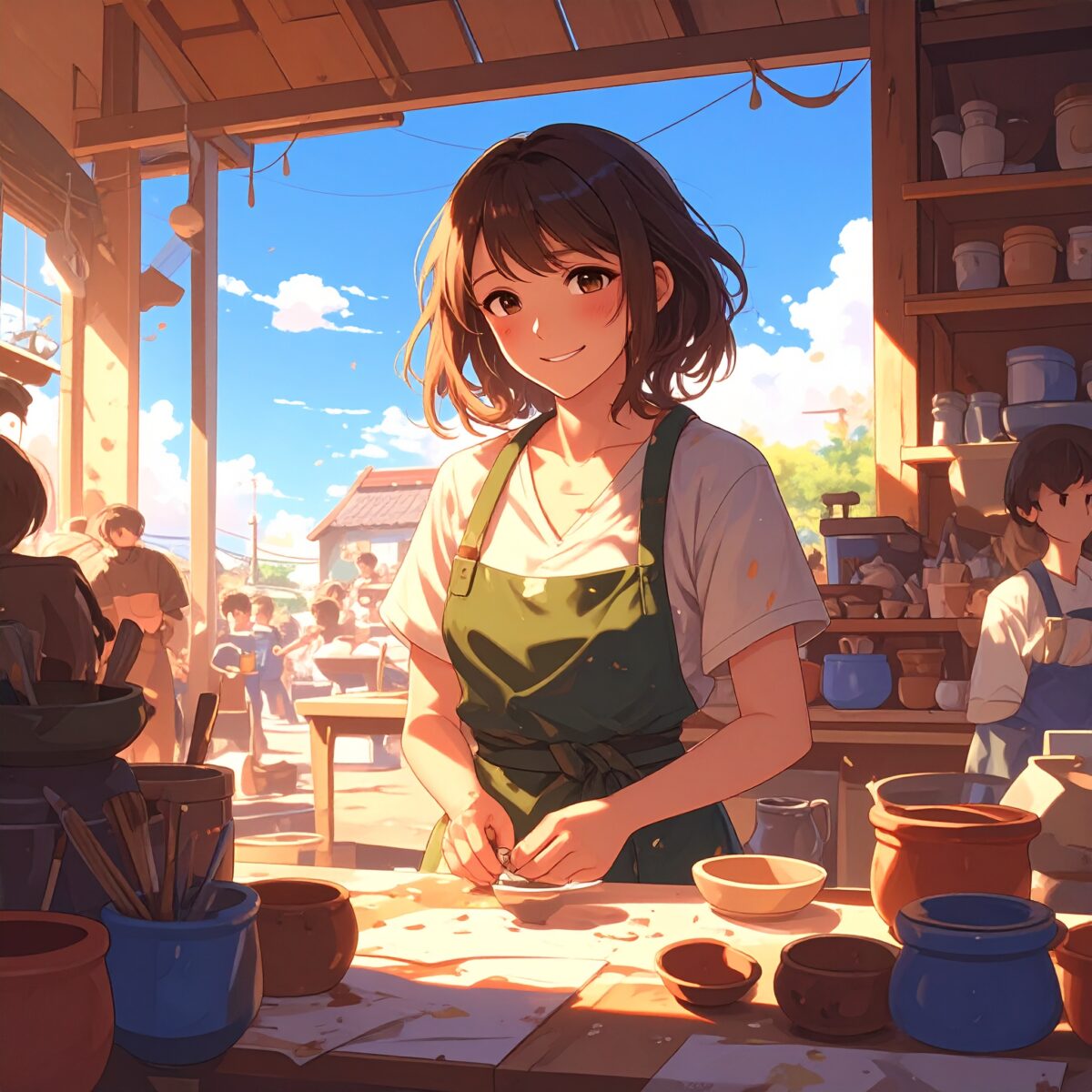Experiencing something new during a journey is more than just making memories—it becomes a gateway to deeper understanding of a place and its culture. Among such experiences, a pottery class stands out as a profoundly enriching moment. Using your hands to shape the earth is a primal act that connects you to nature and tradition. The feel of the clay, the steady rotation of the potter’s wheel, and the texture of a freshly fired vessel—these sensory impressions transcend language and embody the spirit of Japanese craftsmanship.
Pottery has deep roots in Japan, dating back to the Jomon period, when people first began creating vessels as a part of everyday life. What began as a practical craft evolved over the centuries into an art form, with each region developing its own unique ceramic style. From Shigaraki and Bizen to Hagi, Mino, and Arita, local clays, climates, and lifestyles have shaped diverse pottery traditions. Participating in a pottery workshop offers a hands-on introduction to these rich regional cultures.
The experience begins with a simple explanation of the tools and process, followed by direct contact with the clay. Courses may include shaping on a potter’s wheel or hand-building freely—both designed to be accessible even for beginners. The clay’s unexpected softness and resistance to perfect shaping surprise many. Yet, those imperfections are precisely what give each piece its individuality—a one-of-a-kind vessel that reflects the maker’s hand and heart.
As you work with the clay, conversation fades and your focus deepens. This quiet concentration offers a rare opportunity to reconnect with yourself, away from the rush of travel schedules. It’s a time of stillness and mindfulness, where the simple act of creating brings a sense of calm. Pottery classes are popular with both adults and children, and it’s common to see families working together, discovering the joys of creation side by side.

After the workshop, the staff carefully dries, glazes, and fires each piece. A few weeks later, your creation arrives at your home—a tangible reminder of your time in Japan. Each time you place your handmade teacup or small bowl on the breakfast table, you’ll recall the weight of the clay, the movement of your fingers, and the quiet satisfaction of shaping something with your own hands.
The true charm of a pottery experience isn’t in mastering technique, but in the intimate encounter between your senses and the raw material. There’s no need for perfection or polished results. Simply facing the clay before you and deciding its form with your own hands reconnects you to the essence of making. Many studios even use local clay or feature displays on regional ceramic history, naturally blending learning with hands-on engagement.
A growing number of workshops now offer English support, making the experience welcoming for international visitors. Simple instructions free from jargon, along with demonstrations, help overcome language barriers. But more than words, pottery speaks through the body—it’s a tactile, universal act that resonates across cultures.
Touching the earth is at once nostalgic and refreshing. A few quiet hours spent during your journey become a lasting piece on your table, adding a small story to your daily life. A pottery class in Japan is more than just an activity—it is a serene and profound cultural encounter that leaves its impression in the palm of your hand.




